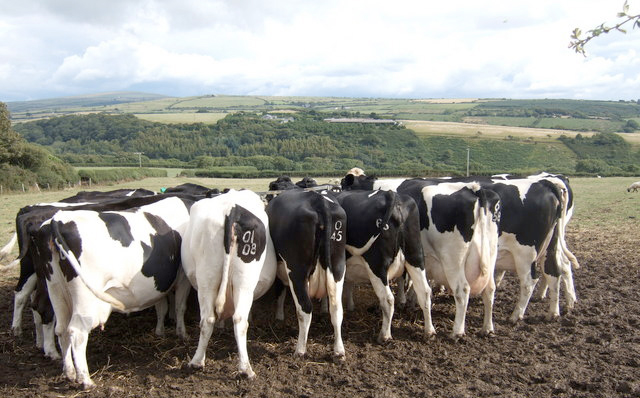
Global trade in dairy products is expected to show a second year of modest growth (+1%), alongside an expected 1.4% increase in world milk production.
According to the 2017 Food and Agriculture (FAO) Food Outlook Report, most of the global increase in production is anticipated to originate in Asia, particularly India and other countries in the Middle East.
As these regions have limited involvement in the global marketplace, this is unlikely to have much bearing on world prices.
Production in the US, the third largest global exporter, is set to expand 2% while only moderate growth is expected in the EU.
However, overall growth in exportable supplies will be somewhat tempered by Oceania.
Production in New Zealand fell during the 2016/2017 season and lack of reinvestment is expected to maintain lower production during the 2017/2018 season.
Overall, supplies from the key exporting regions is expected to grow by approximately 0.6%, equivalent to just under 1.6 billion litres.
Increasing import demand will therefore be important for maintaining market balance in 2017. China and Australia are both expected to import more following a second year of decline in domestic milk production. Russia, Mexico and the Philippines are also expected to increase their import requirements.
Trade across the dairy product categories will not follow the same trends however; WMP exports are expected to decline while SMP, butter and cheese exports all look to increase.
SMP trade is forecast to recover as the EU will divert production to exports rather than intervention, while butter and cheese trade is projected to show sustained growth on the back of solid demand.
